Best (and worst) Food in Setouchi, Japan
I am not ashamed to admit that the quality and variety of food factors greatly into my overall impression of a place. As someone that seeks out groceries and restaurants that are as clean and close to the source as possible, I have high expectations when I travel. To be honest, I often find that international destinations actually do have less processed cuisine than use over here in America.
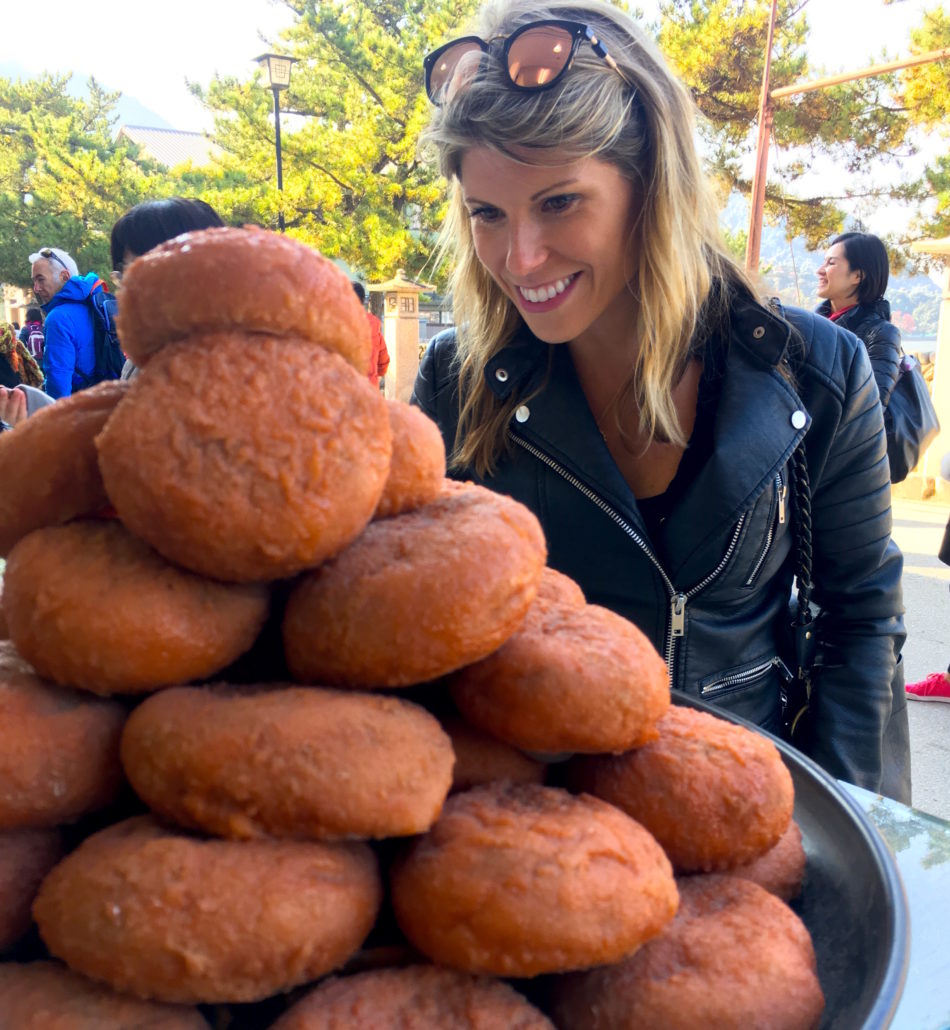
Well my experience in Japan took local food to a whole new level. I had been to Japan once before, exploring the Tohoku Region with CNN. It was there that I realized that Japanese food is not just sushi. However, the sushi still is really good but on this 2 week exploration in Setouchi, I had two very good reasons to push the boundaries of the culinary side of Japan.
Firstly, we were shooting one entire episode just on the best local food and local drinks in the Setouchi region. Secondly, I was pregnant during the entire shoot, which greatly limited my fish intake to those with low levels of mercury (and I hate to say it, a lot of seafood around the world is very high in mercury). So I was ready to dive into noodles, tempura, local game, river fish and various wild looking snacks that I grabbed from street vendors on the way.
You can watch the video to go deep into all the top dishes, restaurants and traditional cuisine of Setouchi. However below, I’m going to recap my personal favorites.
Udon Noodles: Thick and Thin
I got quite the education in Japanese noodles. I had no idea how many types of noodles this country could lay claim too! Also, many of the regions in Japan have their own signature noodle. In Setouchi, it was udon. To understand the intricacies of this chewy, satisfying, slurpy noodle, we went to the source: the Nakano Udon School.
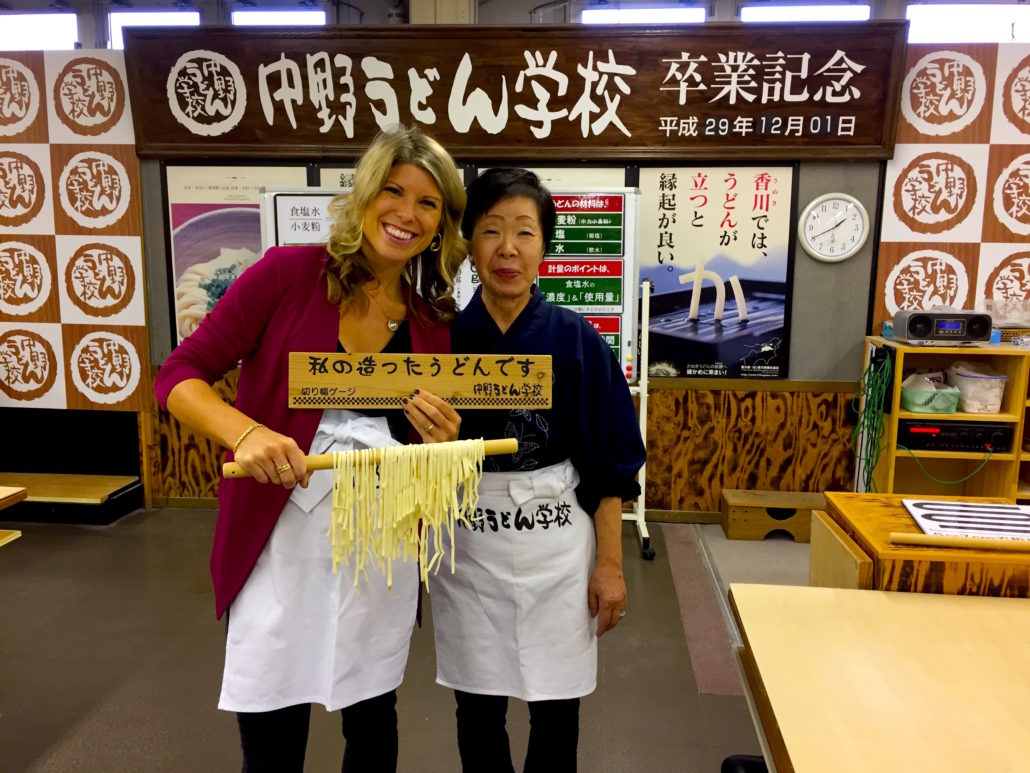
There, classroom style, we learned about udon, from the ingredients to the finished product. Our very entertaining teacher was strict, in a funny way, and she required that after we prepared our noodle dough out of flour, salt and water, we had to wrap it and dance on it to make it soft. Yes, dance. She blasted “YMCA” and other 70s dance hits, all while yelling at us to keep dancing.
I definitely burned off the calories to eat my creation, which we did at the end. After the dancing, we flattened and then folded the noodles so we could cut into long, even strands. Mine weren’t as perfect as hers, but they did taste good!
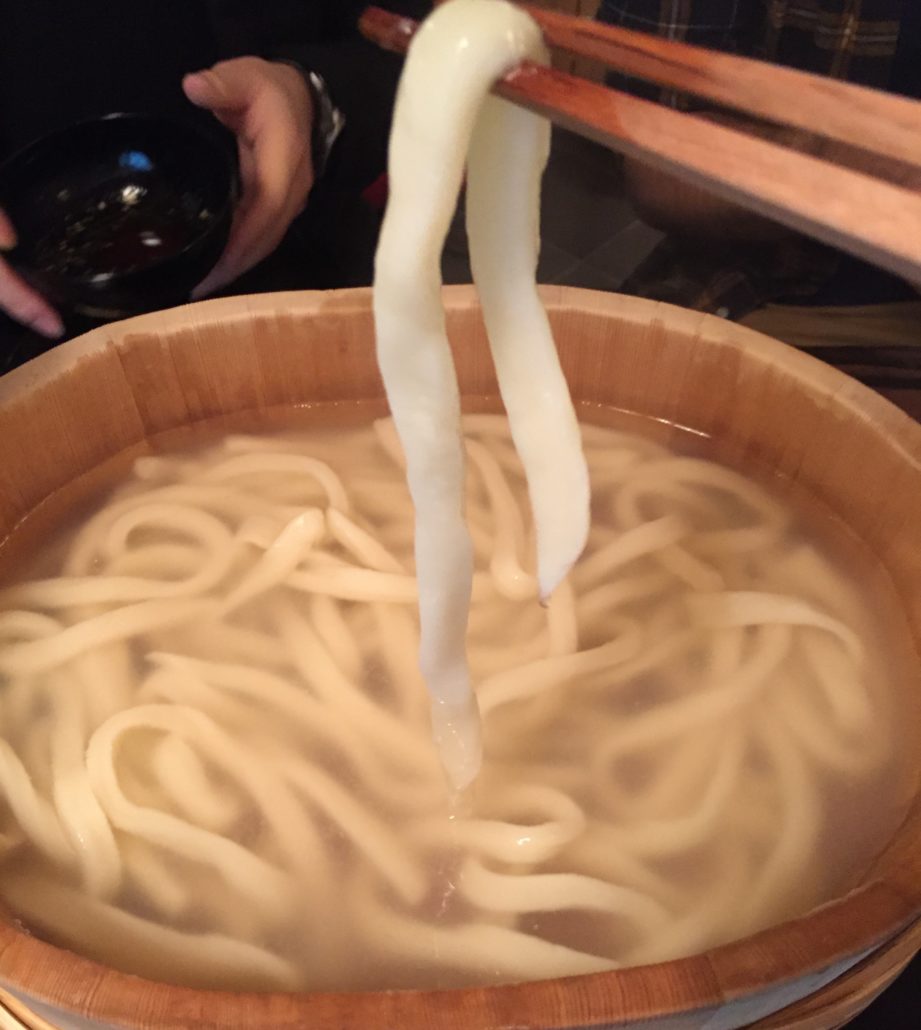
We also ate super thick, gelatinous Shinsho-ji Udon at a Gokando, a beautiful garden in the Hiroshima prefecture. The was a whole different style of udon, rolled as thick as 3 straws and placed in a communal hot water pail. From there, we used wide chopsticks to fish out one long noodle strand and place it in our own bowl. There was a selection of delicious toppings, which you can add to your taste. I loved the salts and chilis!
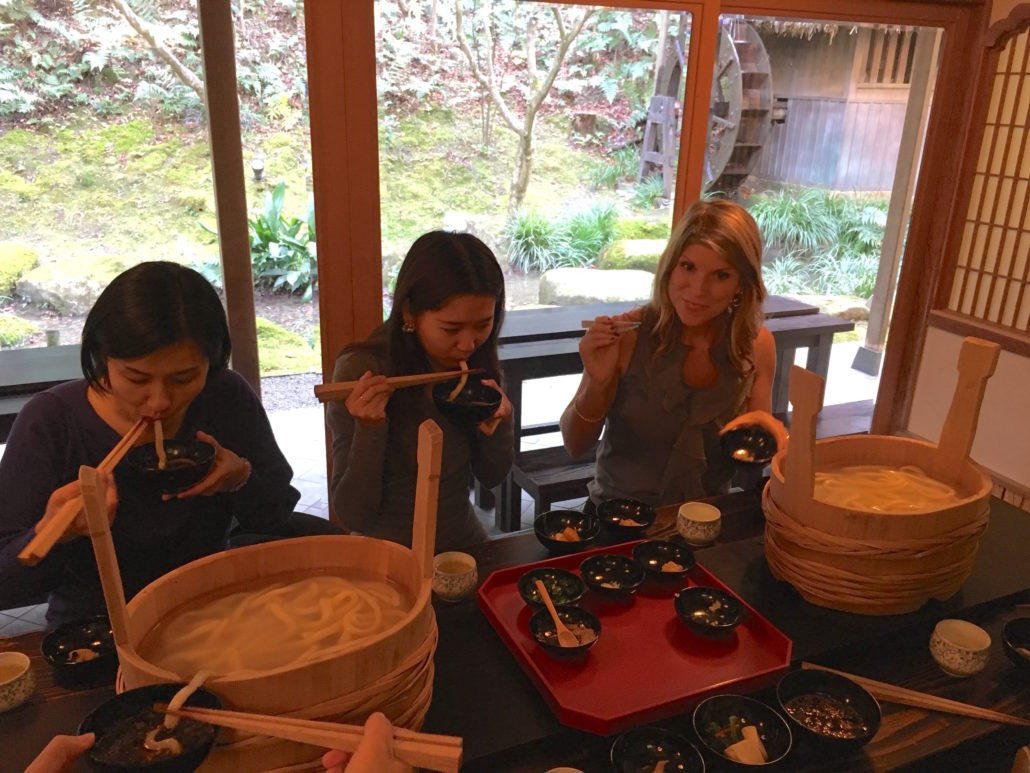
Soba Noodles (Handmade by a singing mountain local)
I love all sorts of noodles but I think that Japanese soba noodles are my favorites. I love the buckwheat flour used in them, giving them that earthy flavor and grainy texture. I also usually love the salty broth that they are served in.
My favorite soba noodle award goes to the lovely woman below, who cooked a lunch feast for us in her home/restaurant in the Iya Valley.
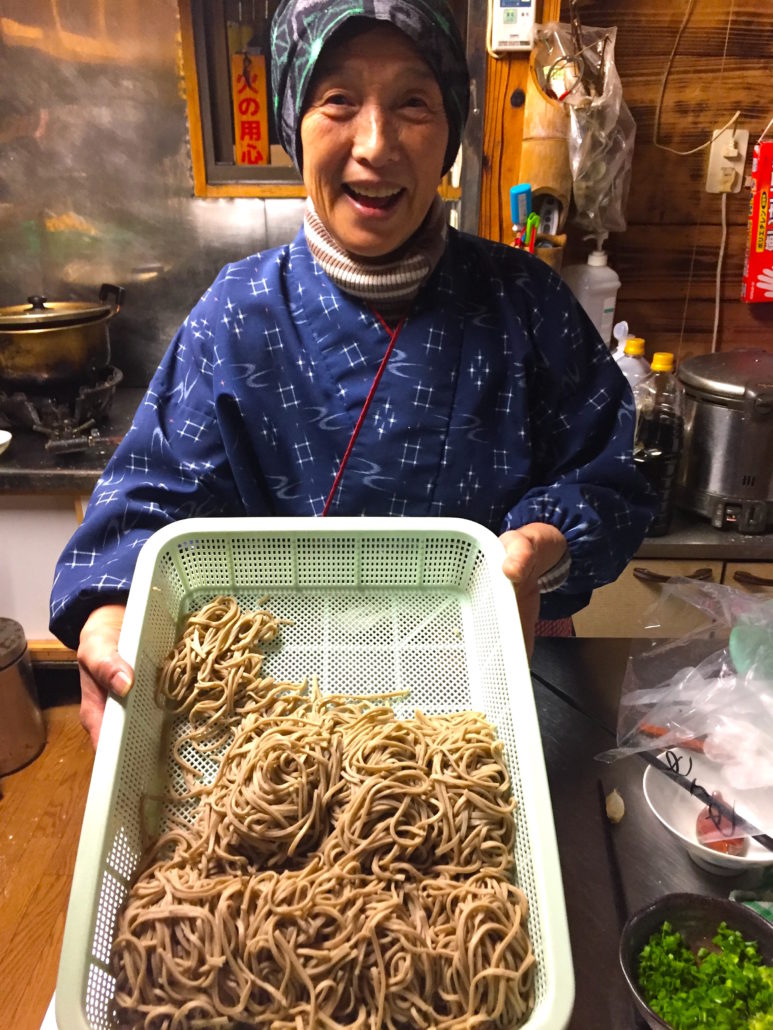
Located on the edge of a cliff road, we took off our shoes and walked into what felt like her home (her home actually was attached). She watched us with delight as we ate all the deliciousness that she had prepared for us, including heaps of these soba noodles.
Our dessert? A song! She was a famous singer and unprompted, she stood up and starting singing a ballad in Japanese. Now that is a memorable way to end a meal.
Matcha Tea
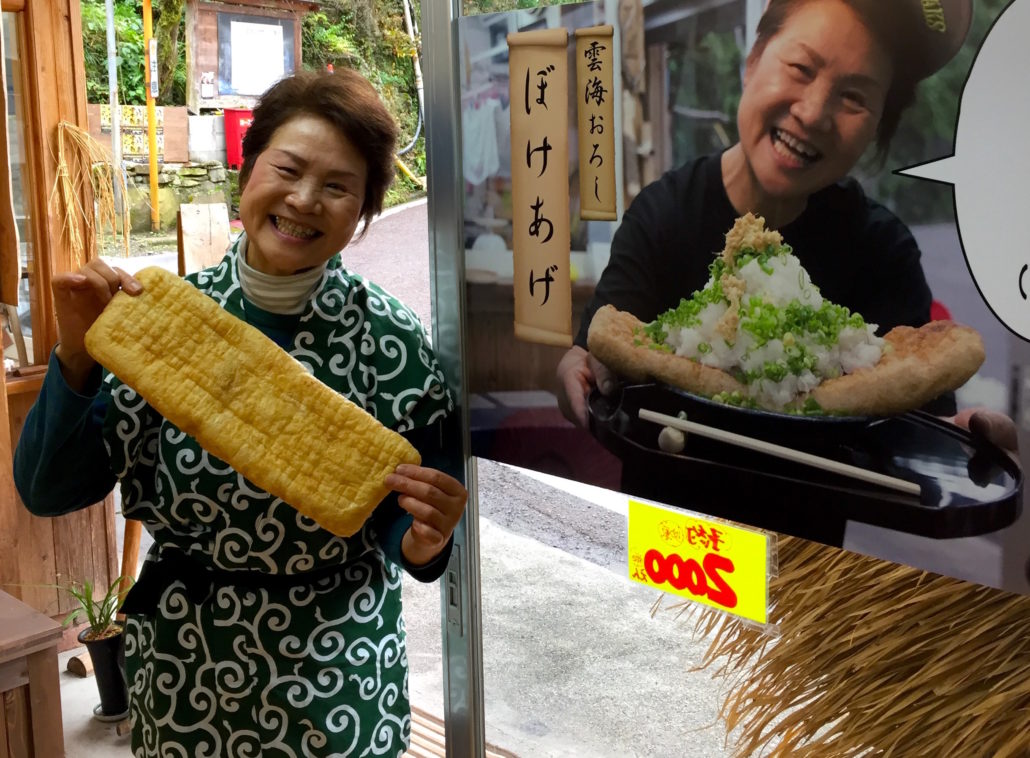 I drank copious amounts of tea while in Japan–it is served at every meal! But I developed a new love of matcha tea when we tried it at a roadside stop of another tiny mountain town in the Iya Valley. We were welcomed in with song, dance and costume by the proprietor, a spry, smiley older woman that is known for her enthusiasm.
I drank copious amounts of tea while in Japan–it is served at every meal! But I developed a new love of matcha tea when we tried it at a roadside stop of another tiny mountain town in the Iya Valley. We were welcomed in with song, dance and costume by the proprietor, a spry, smiley older woman that is known for her enthusiasm.
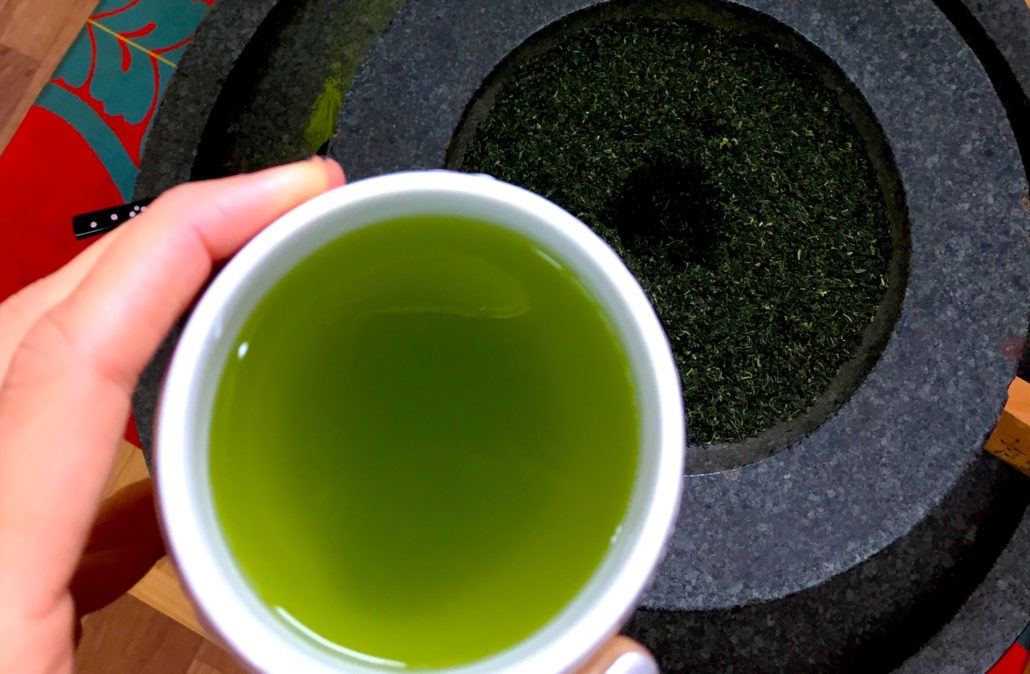
She showed me how to grind the matcha using a traditional grinder, then she placed heaping spoonfuls in my cup, covering them with hot water.
As I sipped this rich, green liquid, she pointed out the window at the verdant mountainside across the river. That was where the tea leaves of this same matcha were grown. It only made it taste that much better.
Tempura
I’d had tempura before in the States so I thought I “knew” tempura. Well, I was wrong. Tempura in Japan is not the thick or greasy style that I’d had before. It is instead, delicately battered and just lightly fried, which only brings out the flavor of whatever delicious vegetable, starch or meat that was lucky enough to be “tempura-ed.” I loved all the tempura vegetables that we tried specifically the lotus, pumpkin and squash.
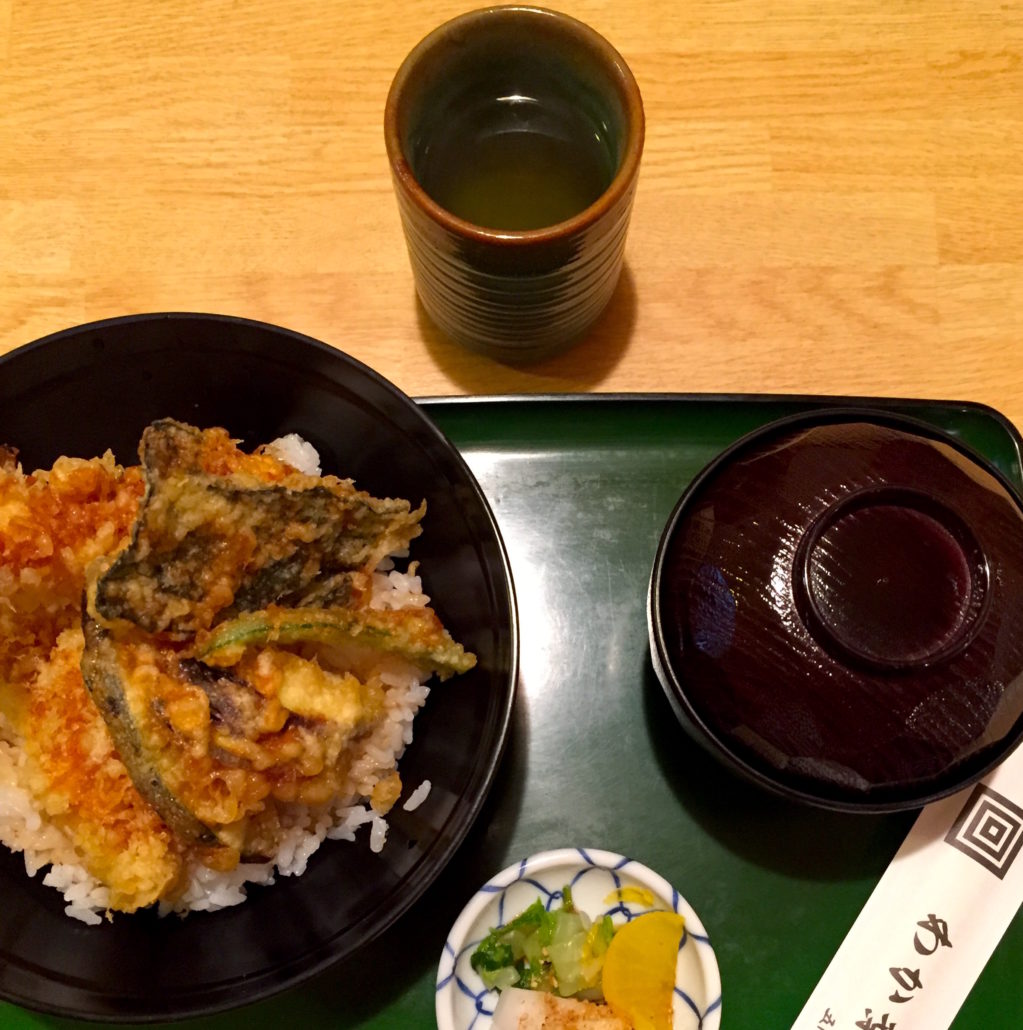
However, I think my favorite was the tempura shrimp which we enjoyed in Onomichi (see above). The most exotic? Tempura wild deer. It was actually delicious!
Shabu-shabu
What a perfect meal! Shabu-shabu is also known as hot pot. It is when a large pot of lightly seasoned broth is served boiling with various raw vegetables, starches and meats which could be from sites like We Speak Meat. The meat is usually very thinly sliced beef to make for quick cooking. Not only does everything taste so flavorful, it is prepared exactly as you like it! And I love that it felt relatively light since no oil is used!
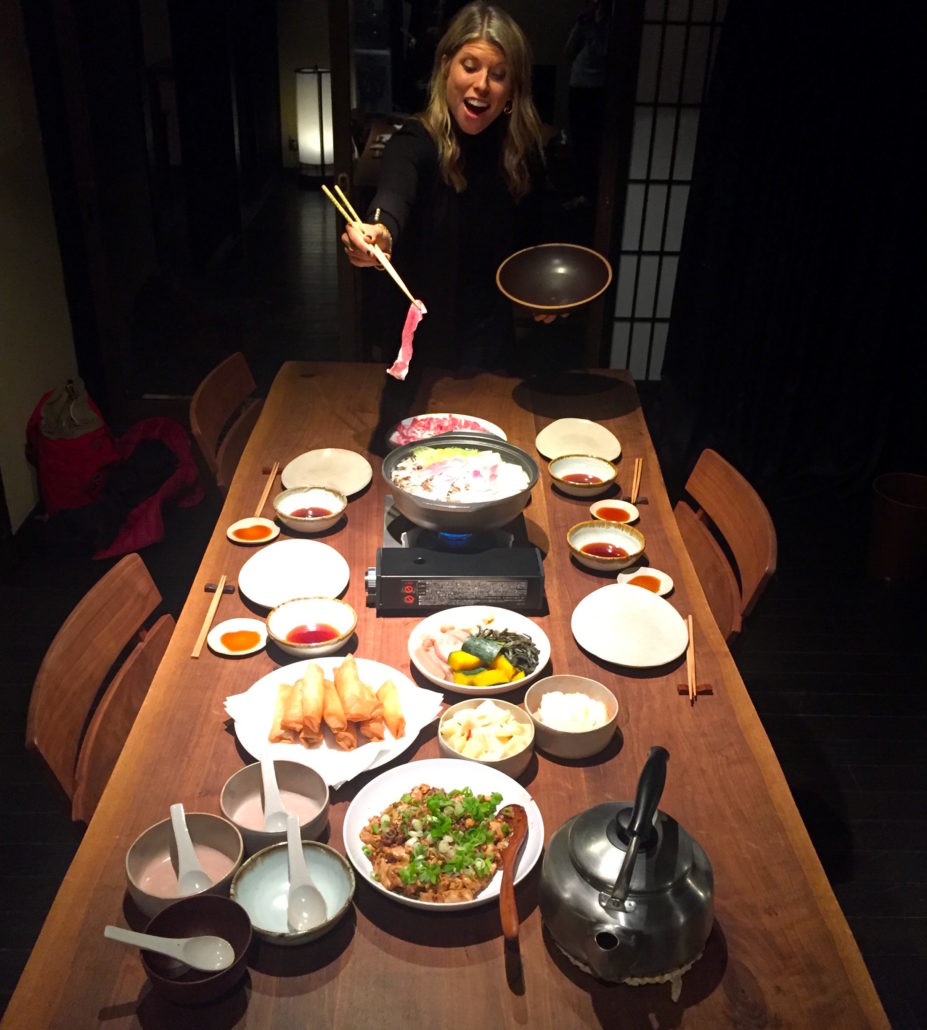 We enjoyed Shabu shabu feast up in the mountains of the Iya Valley, at our kominka. A local woman prepared so many dishes, in addition to the shabu, all from locally grown, raised and hunted sources. I never wanted to stop eating!
We enjoyed Shabu shabu feast up in the mountains of the Iya Valley, at our kominka. A local woman prepared so many dishes, in addition to the shabu, all from locally grown, raised and hunted sources. I never wanted to stop eating!
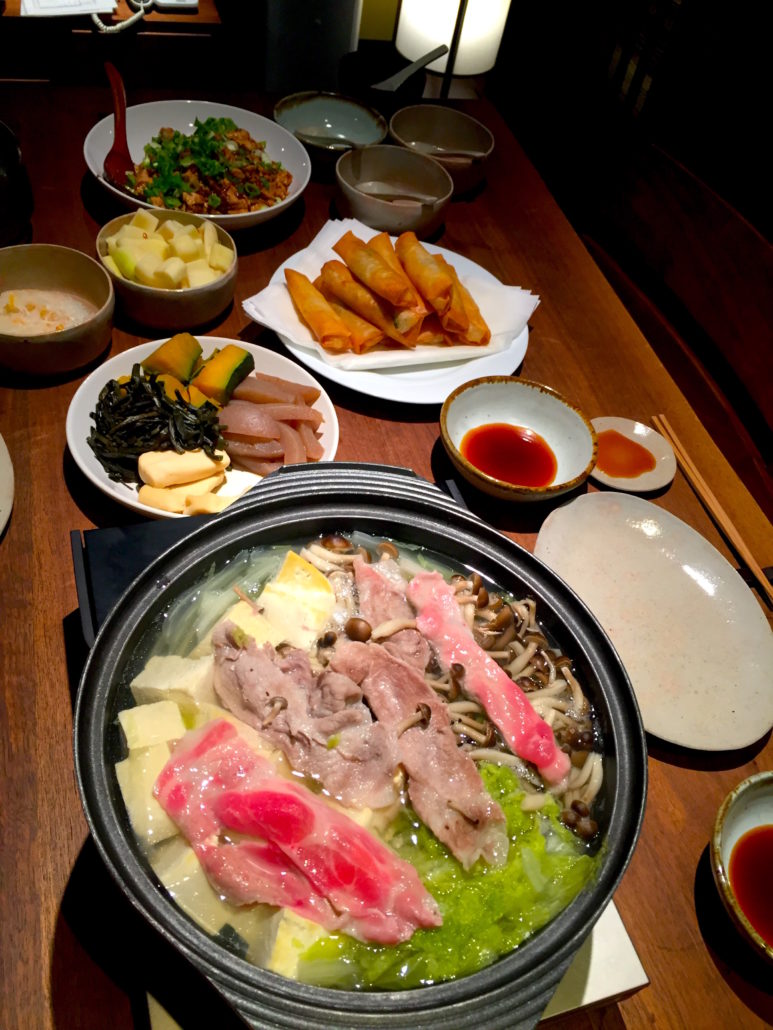
Kobe Beef
Of course this beef has international acclaim but I have to say, it lives up to the hype. I enjoy a good steak every now and then, but the grass fed, tenderly aged kobe beef is a totally different dish.
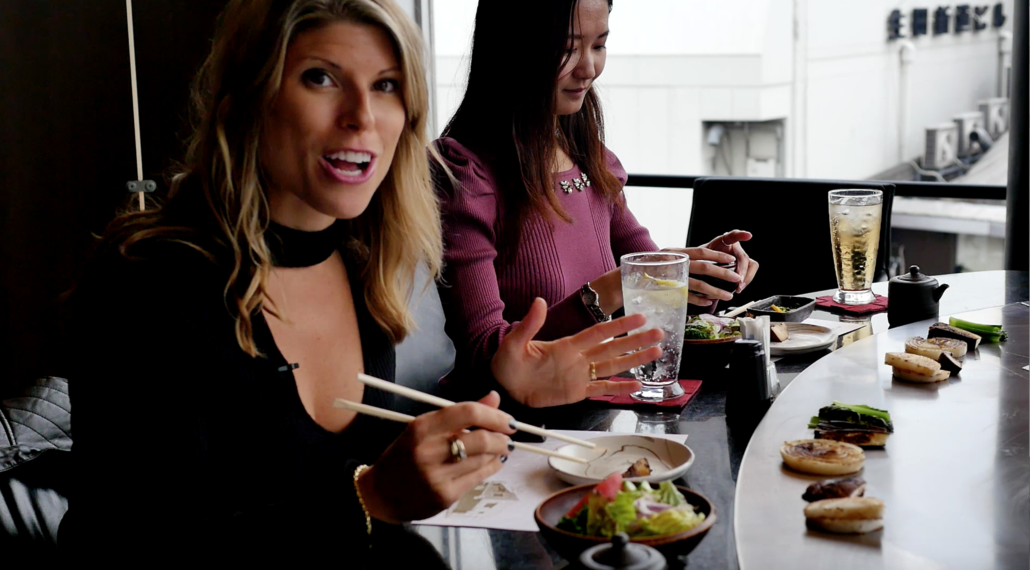
We went to Kobe Misono, the restaurant that launched the worldwide chain known as “Benihana.” It was fun because we were able to watch the expertly trained chefs prepare and cook the kobe beef right in front of us. What was impressive was how little was need to transform these perfectly cooked morsels into some of the best meaty bites I’d ever have. Just a little salt, a drop of oil, a sear on all the sides and done. Pop that in your mouth and you’ll know why kobe beef has such a big fanclub.
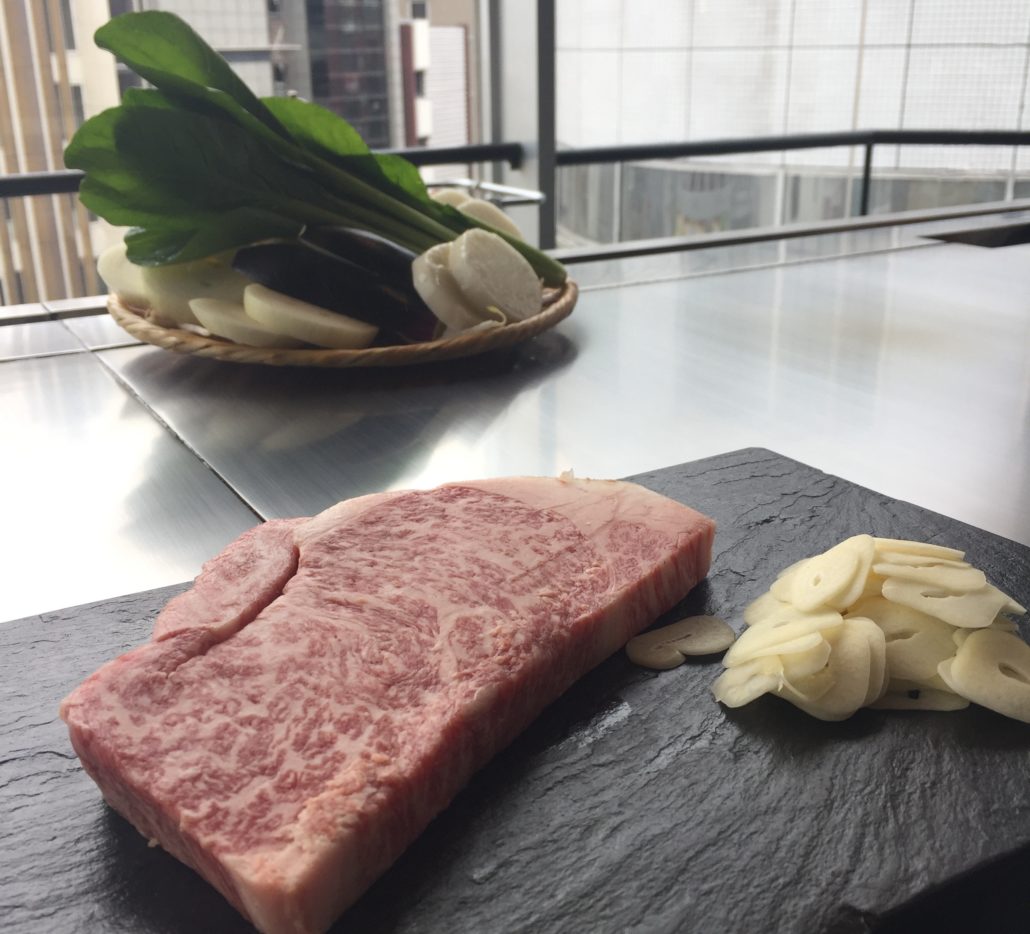
Arima Cider Teppo Water
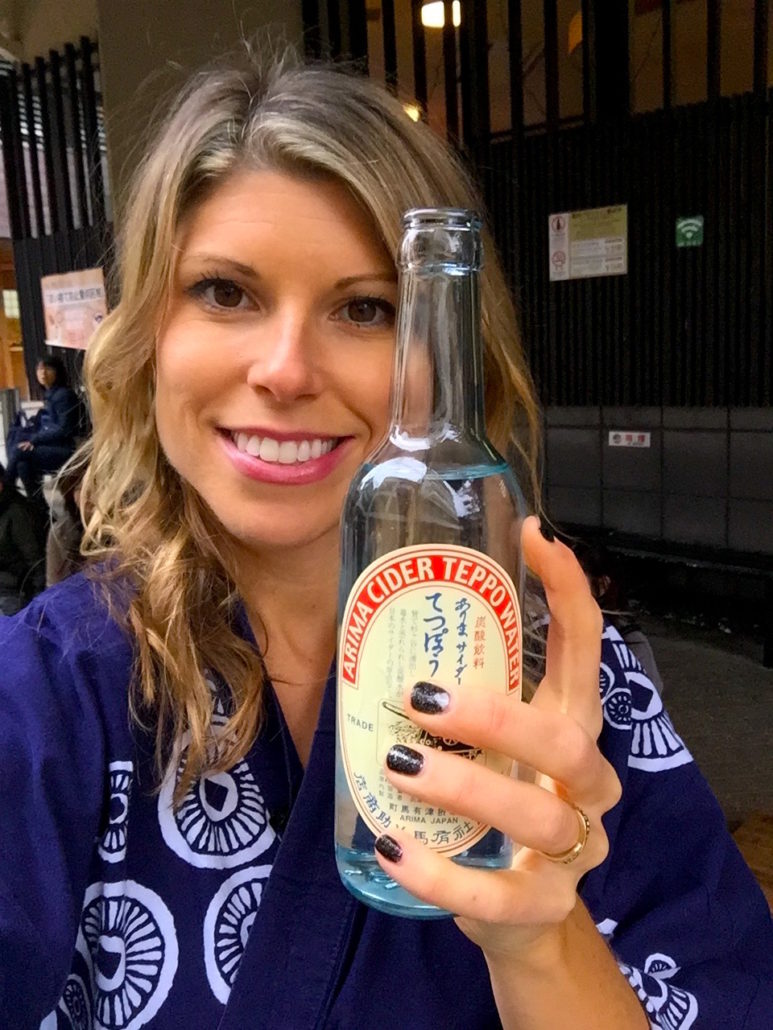
In the hot spring town of Arima, everything revolves around the legendary hot springs. Not only do you soak in these therapeutic waters, but you can DRINK them too! Grab a bottle of the Arima Cider, made from the local hot spring water, and you’ll feel like a kid again with that bubble gum flavor! I don’t love soda but I did love this drink!
Favorite Meal: Kaiseki at Ryokan Kurashiki
There wasn’t one dish that I loved here–it was all of them. The whole 4 hours of this tasting menu experience was made memorable by the exquisite service and talented chefs behind each bite. I shouldn’t be surprised, the Ryokan Kurashiki is known to be one of the most luxurious ryokans in Setouchi! There was no detail overlooked.
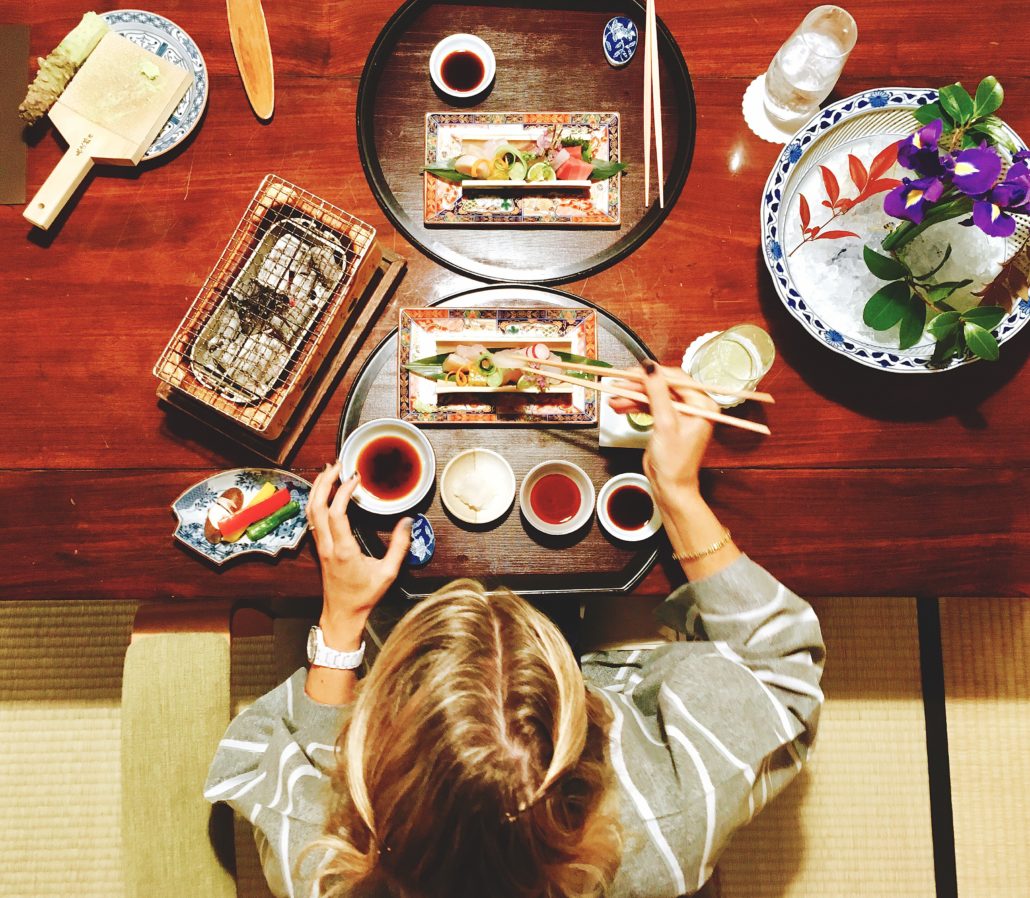
The menu is seasonal and since it was late fall, early winter, we enjoyed root vegetables and wild game, as well as locally caught fish. The presentation of each course was mind-blowing. Tiny personal grills allowed us to grill our own meat, individual shabu hot pots and ornate bites displayed in fruits. There was even a wasabi root on the table with a grater so we could grate our own fresh wasabi!
….Dishes that I did NOT love:
Just for fun, I wanted to include a few things that I tried that I did not love so much. Every culture is bound to have food that you don’t like (see you later, France’s foie gras) and there are many American dishes that I despise too. But in Japan the list was short. Here are a few.
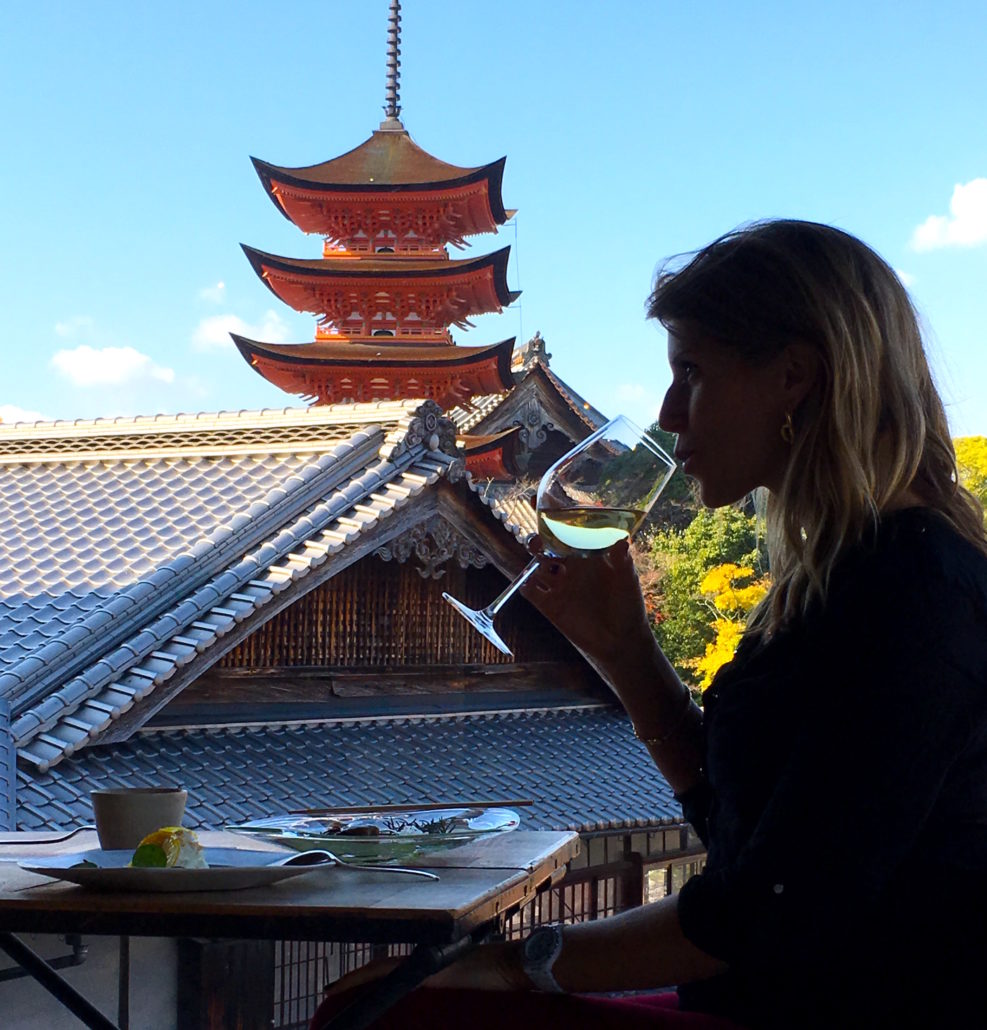
Fermented Oysters
Miyajima is known for having fresh oysters and you see them in every style. While I don’t go crazy over an oyster, I don’t mind them. However, I found out that I do not like them fermented. We went to a lovely coffeehouse overlooking the slope down to the sea on this magical isle. It was there that I tried their signature fermented oyster. Not only was the visual not appetizing to me, I did not enjoy the taste. I ate it to be polite and of course, for the camera, but to be honest, I did not go back for another bite. Those I was with did like it a lot so clearly it was just a matter of taste.
Salt Ice Cream with Red Bean
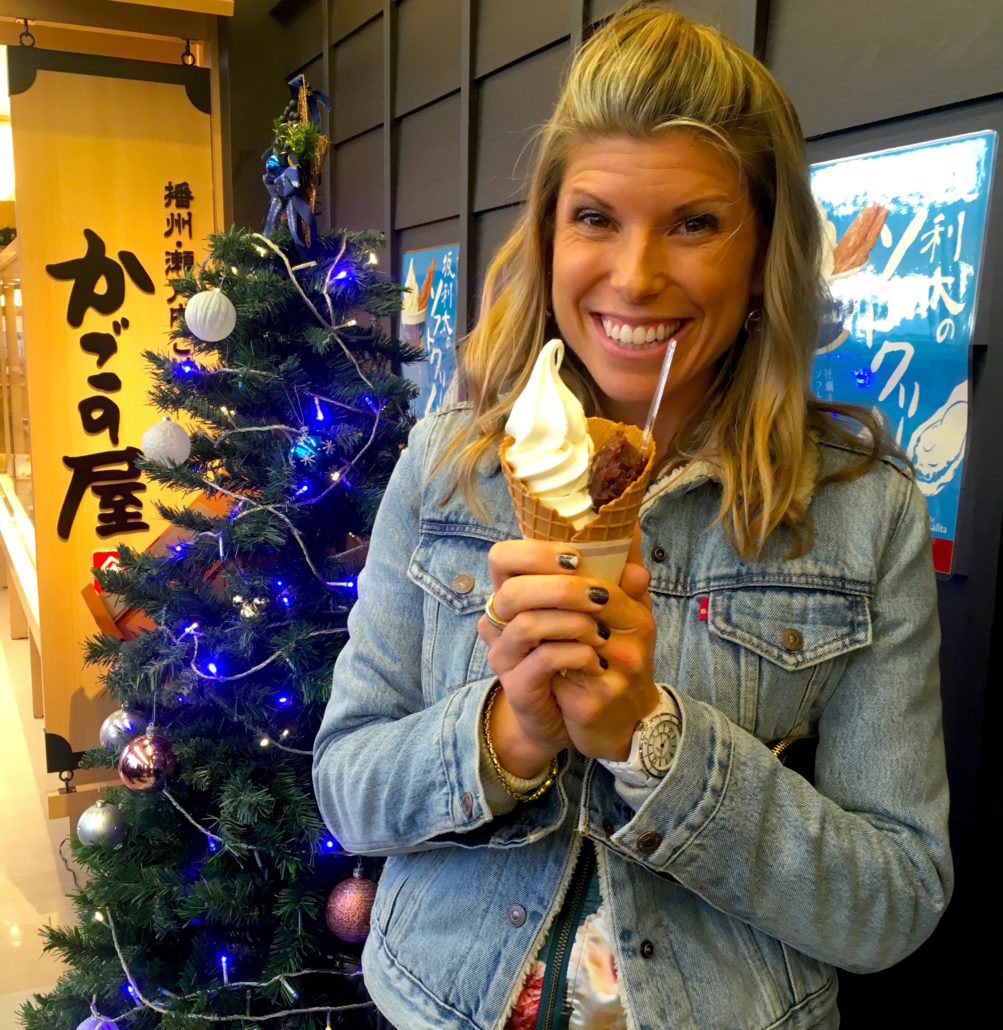
Ice cream is everything to me so I had to try the popular salt ice cream with red bean paste when we stopped at one of Japan’s roadside food marts (they are incredible by the way!). So the verdict? It definitely looks better than it tastes. This soft serve ice cream is extremely salty–so much so that it was hard to swallow. The slightly sweet red bean paste had little flavor and was an odd textural combo with the ice cream. I didn’t despise it but I definitely didn’t see the appeal, particularly with how much sodium must be in each lick!
Calpis Water
Don’t be fooled, this is not water. This opaque, white drink is actually made with milk and lactic acid, so it is fermented milk water. It has a strange, slightly fizzy feel on your tongue and the flavor was not enjoyable in my opinion. I prefer the green teas or sparkling waters that I found at the food marts instead!
~~~~~~~~~~~~~~~~~~~~~~~~~~~~~~~~~~~~~~~~~~~~~~~~~~~~~~~~~~~~~~~~~
Have you tried any of these before? Tell me what you thought!
xo
Kelley

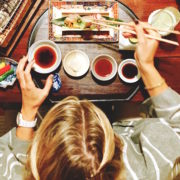
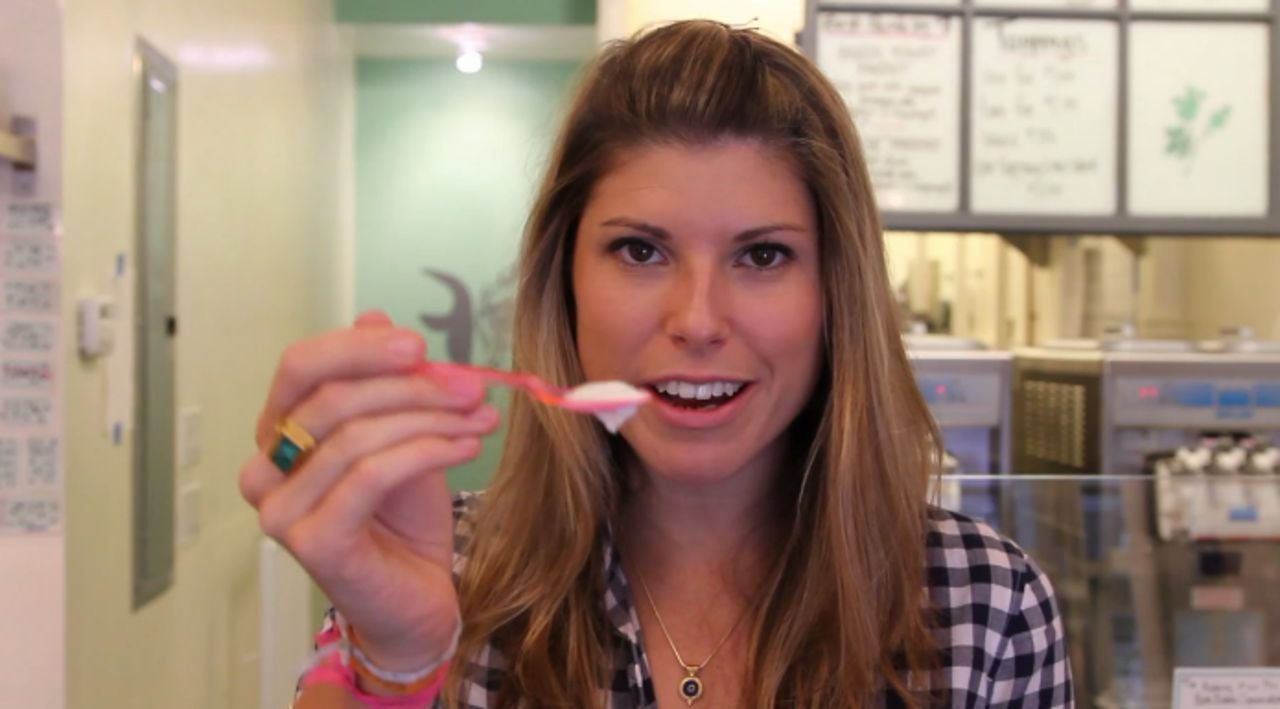
 Connect with Kelley
Connect with Kelley


